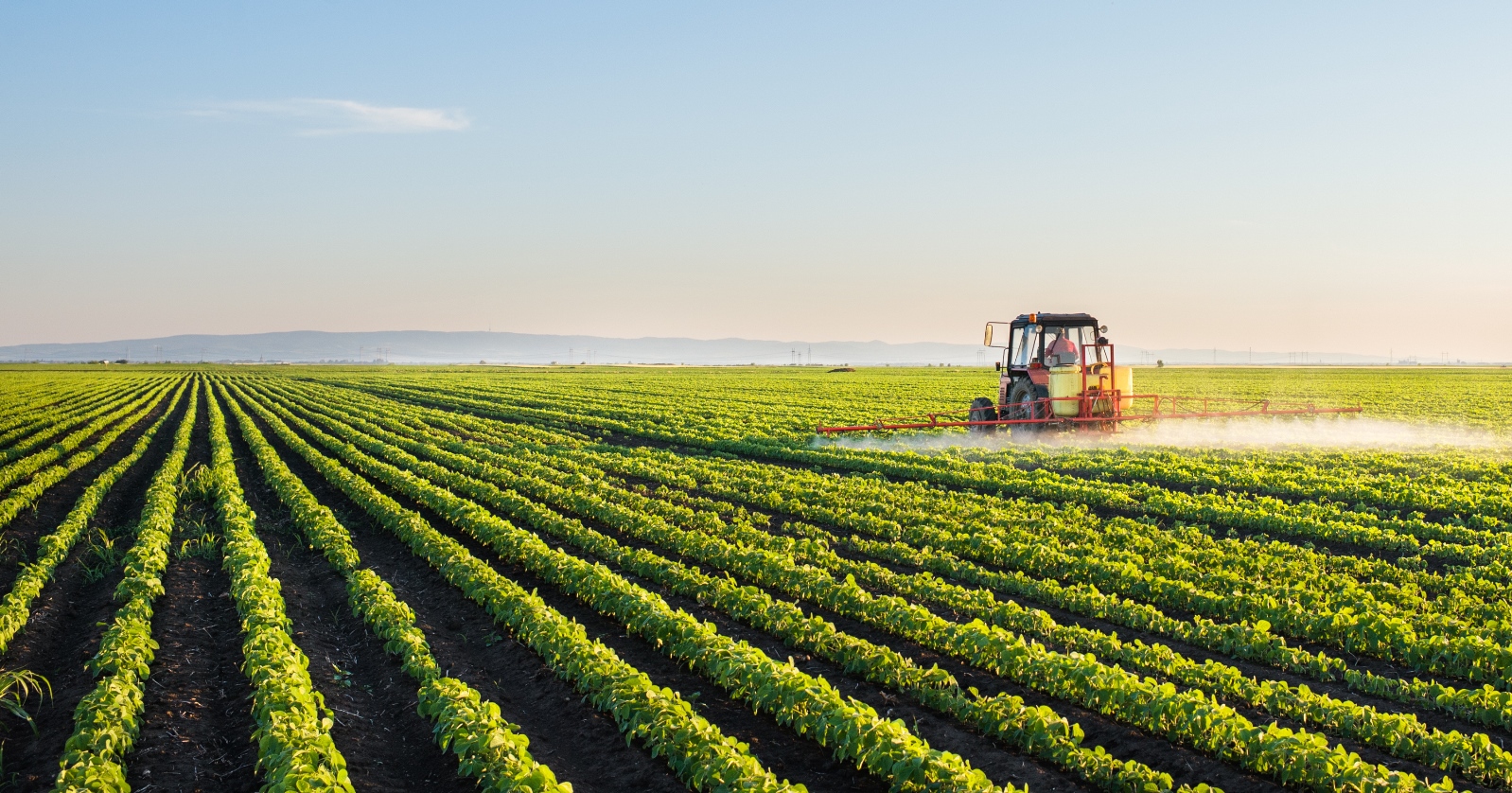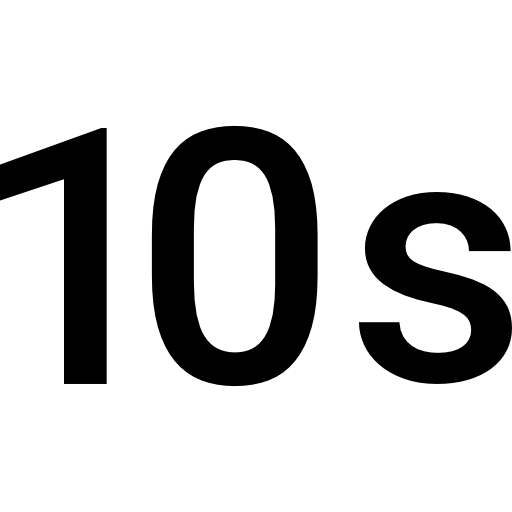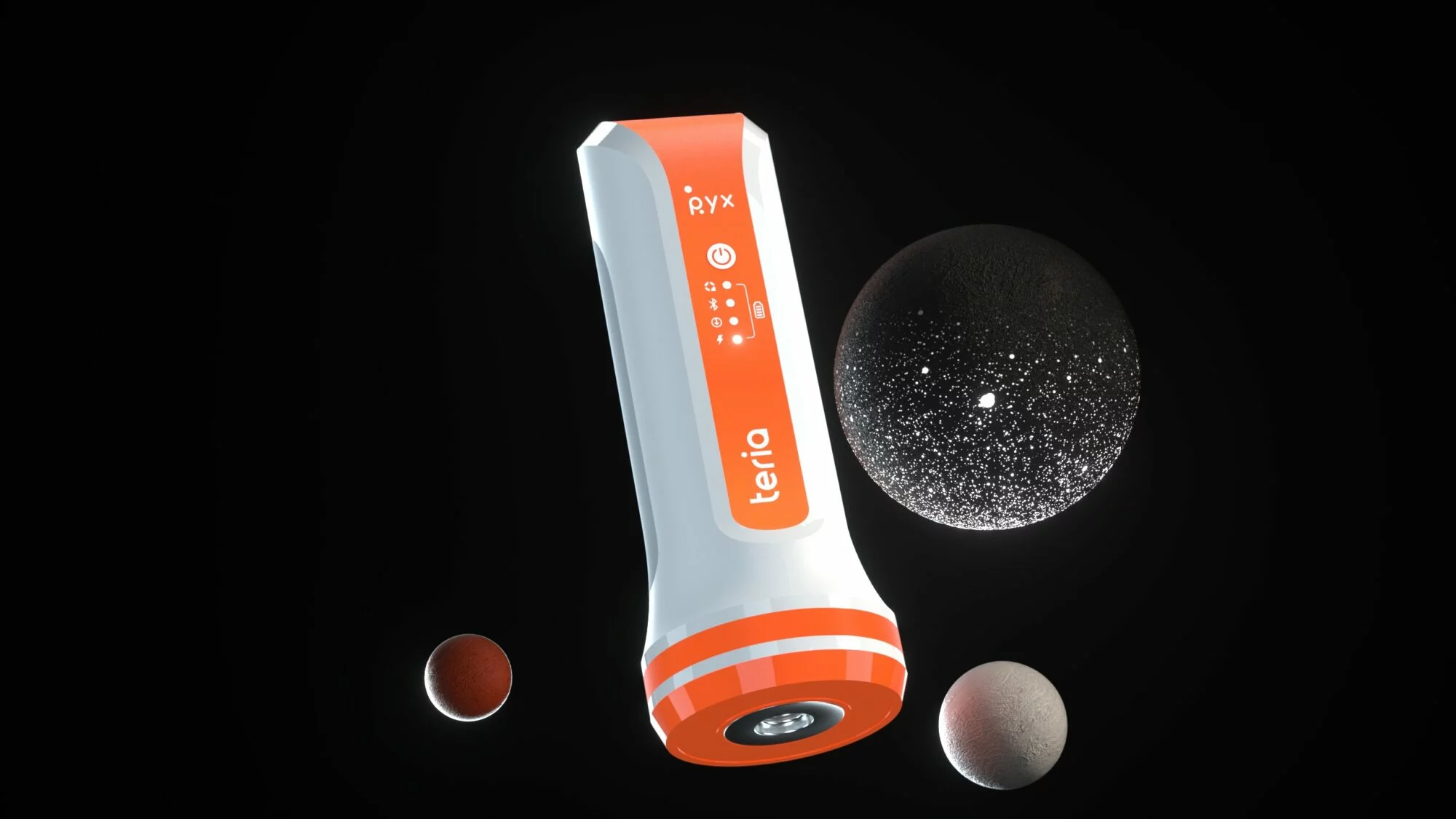- TERIA at the service of precision agriculture
- TERIA at the service of precision agriculture
- TERIA at the service of precision agriculture
- TERIA at the service of precision agriculture
- TERIA at the service of precision agriculture
- TERIA at the service of precision agriculture
- TERIA at the service of precision agriculture
- TERIA at the service of precision agriculture
- TERIA at the service of precision agriculture
- TERIA at the service of precision agriculture
TERIA at the service of precision agriculture

Precision farming
The concept of precision farming originated in the United States in the 1980s, in response to the need to minimise risks to people and the environment. So what are the challenges of this new approach? What tools are being used? What is TERIA’s contribution?

What is precision farming?
Precision farming makes it possible to reduce energy consumption and the use of inputs in agricultural plots. Thanks to the use of new technologies, precision farming is able tosignificantly increase plot yields. To achieve this, in addition to field equipment (farm implements, on-board GPS), it uses remote sensing equipment (satellites or drones) as well as tools to help process harvested data (available in the form of applications).
Once the data has been processed and analysed, it can be used to optimise the day-to-day lives of farmers while reducing the impact on the environment. In other words, the data will make it possible to intervene only when necessary.
What purpose does precision serve in agriculture?
The need for precision in agriculture concerns 3 major elements.
The first is agronomic.
Precision agriculture makes it possible to better understand and analyse the physiological needs of plants to optimise production. These methods enable farmers to adapt to all types of soil (treatments required, detection of diseases, etc.) or to different weather constraints (rain, fog, day and night work, etc.).
The second is concerned with the environment.
This is also known as agro-ecology, which consists of creating production systems based on the functionalities provided by ecosystems. The aim is to enhance these functionalities while reducing pressure on the environment, thereby preserving natural resources. Read the article about WeedElec – robotised agriculture
Finally, there is the economic challenge of producing more with less.
In short, precision farming makes it possible to :
optimising agricultural production
reduce production costs
have a favourable ecological impact
better ergonomics at work
make better use of crops
Correction systems in precision agriculture
Differential GPS (dGPS) and the SBAS signal: relative precision
DGPS precision enables measurements to be repeated locally, but with an accuracy of several tens of centimetres. The SBAS signal (EGNOS in Europe), on the other hand, provides corrections that are not repeatable over time, except for a short period (15 minutes on average). It is subject to satellite drift (in fact it’s continental drift…), their positioning, their number and the possibility of signal loss.
RTK (Real time Kinematic): absolute precision
Very high precision means you can move from one place to another with no time constraints. RTK provides a more accurate correction than dGPS. There is no signal drift with RTK. This means you can return to exactly the same place during farming operations. Read the article What does RTK mean?


TERIA and precision farming
For a number of years now, TERIA has been supporting all agricultural professionals in their work, all year round. The need for precision in adapted agriculture is essential, and assisted guidance andself-guidance solutions are an integral part of farmers’ daily lives. In just a few years, they have become a real necessity, and are now basic tools in precision farming.
Thanks to RTK technology, the TERIA network is able to offer real-time GNSS corrections with centimetre-level accuracy, enabling farmers to return to the same spot months or even years later. This principle is commonly known as repeatability. RTK in agriculture is a technology often used by farmers. To achieve this, it is essential to rely on the centimetric accuracy of the GNSS corrections delivered, as well as on the preciseand stable positioningof the reference stations used.
There are 2 types of guidance system: assisted guidance and assisted self-guidance
Assisted guidance
Assisted guidance is provided solely by a console, which provides the driver with driving directions so that he can carry out the required operation in the best possible way.
Assisted self-guidance
The tractor is controlled directly by the system, with the driver intervening only at the end of the plot to make U-turns.
There are 2 self-steering modes:
- Electric assistance with the motor placed directly on the steering wheel. The advantage: a universal system that can be moved from one tractor to another.
- Hydraulic assistance with the box fitted to the hydraulic steering circuit. The advantage: a reliable, high-performance system with proven longevity.
The need for assisted guidance and autoguidance

Assisted guidance and autoguidance are really necessary because, among other things, they enable..:
- Reduce or even eliminate overlaps between passages
- Consistent quality of work, whatever the conditions (fog, night work, hilly terrain, etc.)
- Saves time compared with marking the lines to be followed (no need for tramlines)
Sources: Arvalis-Institut du végétal / Isère Chamber of Agriculture
The advantages of the TERIA network
To meet your needs and requirements, the TERIA network offers you enhanced expertise and optimum centimetre accuracy. TERIA is highly committed and makes it a point of honour to guarantee a high quality of service to its customers
What TERIA can do for you every day
What TERIA can do for you every day

Using the RTK technology offered by the TERIA network, you can achieve centimetre accuracy of less than 5 cm in all three dimensions.

Using RTK technology, the TERIA network gives you an accurate determination in less than 10 seconds.

The TERIA network gives you greater availability and measurement stability. This FULL GNSS network (all satellite constellations) means faster determination and better positioning thanks to the multitude of satellites.

Whatever the weather conditions, the constant availability of the TERIA network means you can work at any time of day. (Day or night, in fog…)

The TERIA network provides you with real-time GNSS RTK corrections with centimetre-level accuracy, enabling constant repeatability (returning to the same place every month or even every year).







